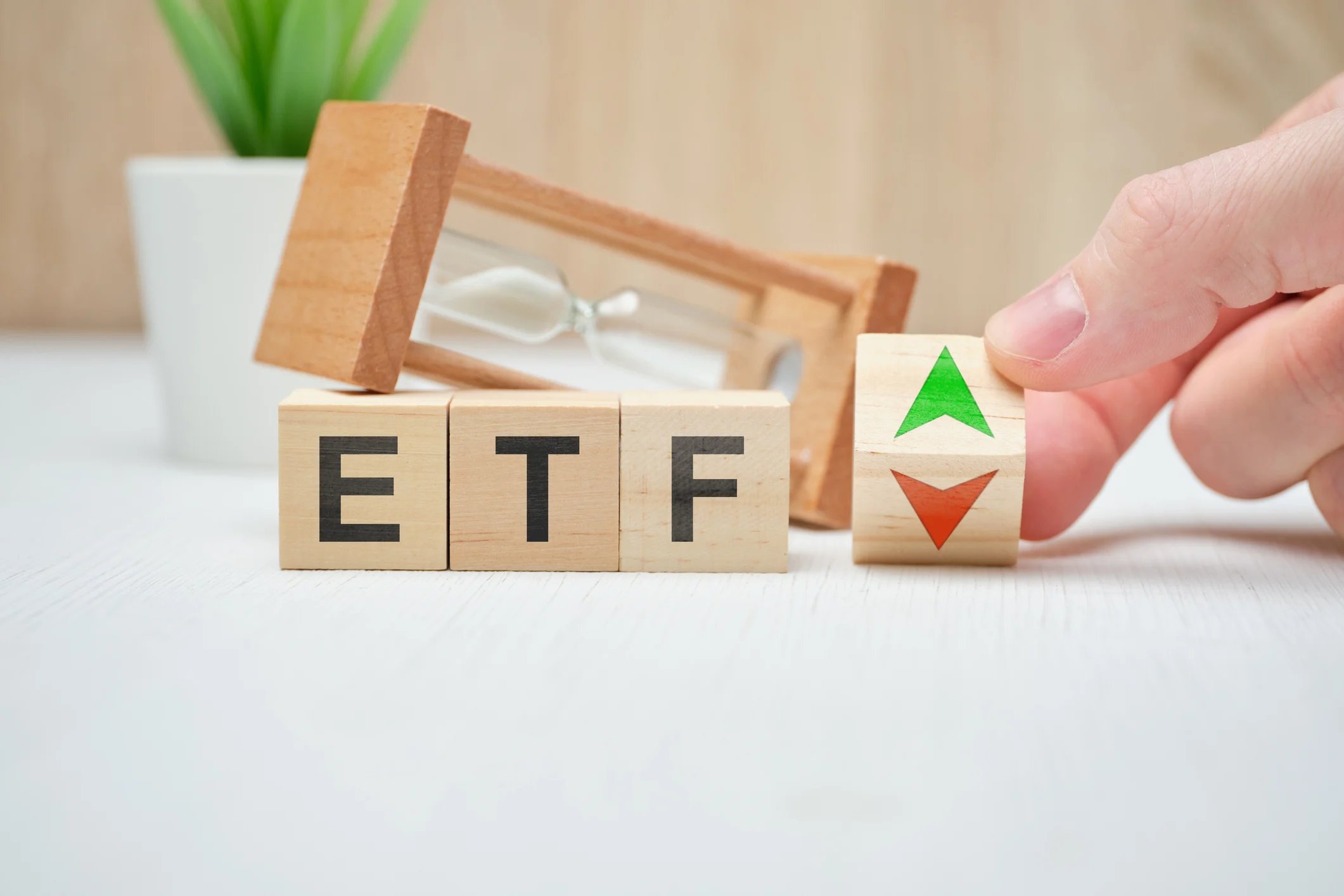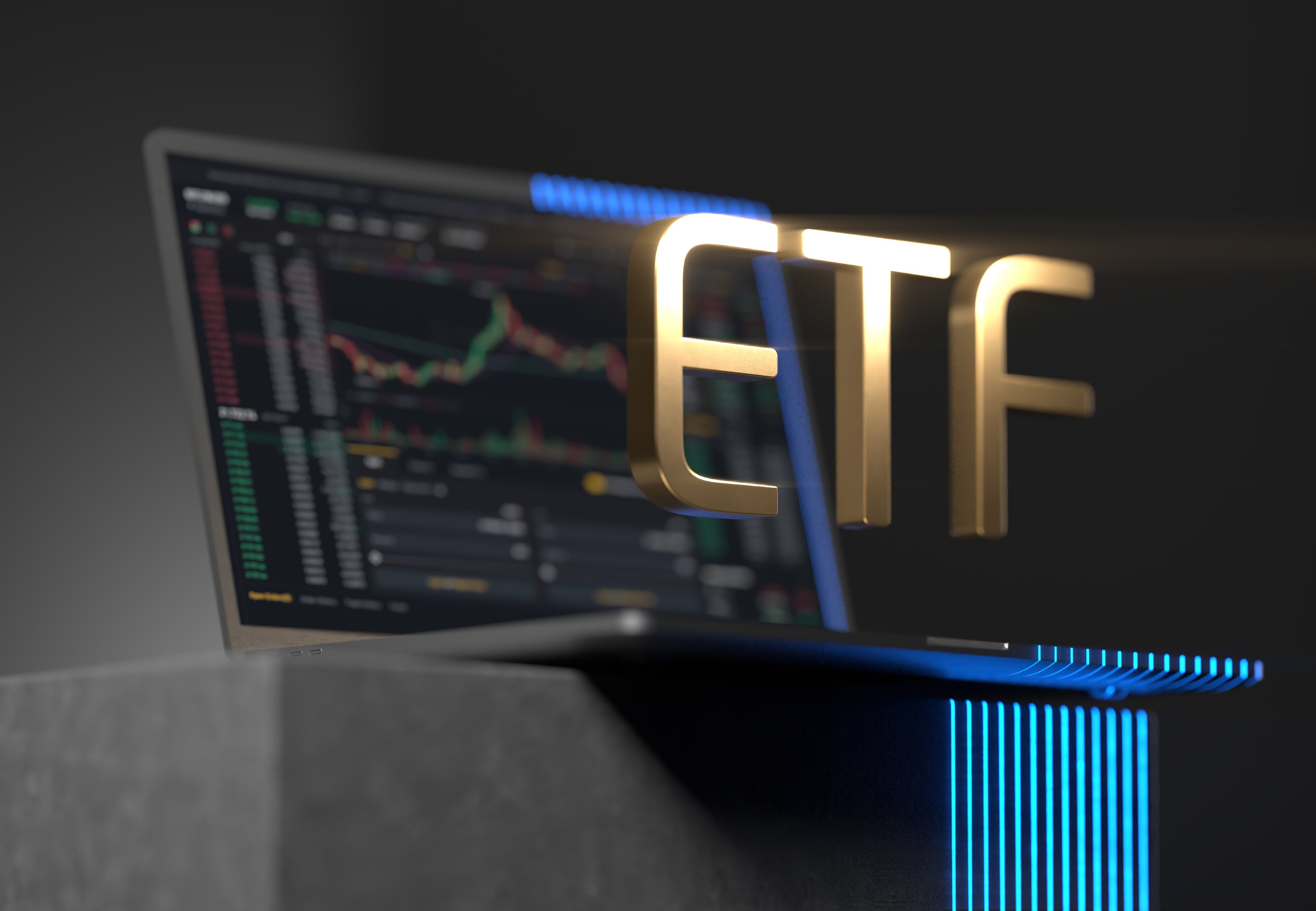The JPMorgan Equity Premium Income ETF (JEPI +0.23%) and JPMorgan Nasdaq Equity Premium Income ETF (JEPQ +1.23%) have garnered significant investor attention, in part due to their trailing-12-month dividend yields of 8.2% and 11.2%, respectively. Moreover, they offer monthly income, making them a favorite among passive income investors.
As such, it would be interesting to share some modeling of their performance to see if they do offer investors a way to a relatively low-volatility strategy that practically guarantees a monthly income. (Keep in mind dividends can always be cut.)
Introducing two JPMorgan ETFs
The first thing to understand about these two exchange-traded funds is that they are not tailored to invest in dividend stocks.
Instead, they both follow the same strategy of investing up to 80% of net assets in equities (stocks), with the only difference being that the Equity Premium ETF focuses on S&P 500 stocks while the Nasdaq Equity Premium ETF focuses on stocks in the Nasdaq-100.

NYSEMKT: JEPI
Key Data Points
As noted above, the stocks are not explicitly selected for their dividend yield, an essential point because high-yield equity-focused ETFs often involve concentrating holdings in sectors with high yields.
The remaining net assets, up to 20%, are invested in equity-linked notes (ELNs) that follow a strategy of selling call options on the indexes that the two ETFs benchmark -- S&P 500 and Nasdaq-100, respectively.
A call option is the right to buy shares of the index at a specified price (the strike price) and is bought by bullish investors. The seller of the call options (in this case the ETF) receives a premium from the buyer.
However, if the index increases significantly, the option is exercised, and the ELN typically incurs a loss. Conversely, when the index experiences a small gain, stays flat, or loses value, the option isn't exercised.
The idea is that an anticipated net profit in premiums collected from the ELNs, combined with some dividend income from stock holdings, will generate sufficient income for distributions to be paid to shareholders under any condition, particularly in the event of a substantial increase in the index.
And note that the upside is limited (gains less than the market), but the downside is also restricted.
This table lays out how the portions of the ETFs will perform based on how the underlying index performs in a month.
|
Monthly Index Performance |
Strong Gain |
Moderate Gain |
Moderate Loss |
Strong Loss |
|---|---|---|---|---|
|
Equities (At least 80% of the ETF assets) |
Strong Gain |
Gain |
Loss |
Strong Loss |
|
ELNs (Up to 20% of the ETF's assets) |
Loss |
Profit |
Profit |
Profit |
|
Overall |
Gain, but less than the market |
Gain, but less than the market |
Slight profit/slight loss |
Loss, but less than the market |
Author's analysis.
What the ETFs need to do to demonstrate they work
Before I throw charts at you, it's worth noting that the proof of the strategy working includes:
- The ETF should have a lower volatility than the index (measured here by the standard deviation of monthly returns).
- The ETFs should have relatively low maximum monthly drawdowns because passive investors usually do not want to lose a significant amount in any one month.
- The strategy should demonstrate a high coefficient of determination, or R^2, indicating that the independent variable (in this case, the benchmark index) is primarily responsible for determining the outcome.
- Performance consistent with the outcomes outlined in the table above.
That said, here are the charts comparing the monthly index performance to the ETF's performance. Both sets of data include reinvestment of dividends.
First, here's the JPMorgan Equity Premium Income ETF.

Data source: JPMorgan. Chart by author.
And now the JPMorgan Nasdaq Equity Premium Income ETF.

Data source: JPMorgan. Chart by author.
A few conclusions can be drawn from the data, along with some additional calculations.
- The monthly standard deviation of the S&P 500 over the period is 4.7%, compared to 3.1% for JEPI, indicating lower volatility returns.
- The monthly standard deviation of the Nasdaq-100 over the period is 5.7%, compared to 4.2% for JEPQ, indicating lower volatility returns.
- Both ETFs exhibit high R^2 values, indicating a consistency of outcome from the strategy.
- The three most significant monthly drawdowns for JEPI are -6.4%, -4.2%, and -4.1%.
- The three most significant monthly drawdowns for JEPQ are -8.7%, -6.8%, and -6.6%.
In general, the strategy is effective, generating a collection of positive returns when the indices report moderate gains and losses. The downside is limited compared to the index when the market declines significantly, and the upside is limited when the indexes perform well.

Image source: Getty Images.
What it means to passive investors
Both indices have performed very well over the periods, with an average monthly gain of 1.5% on the S&P 500 and 1.8% on the Nasdaq; therefore, the ETFs have understandably underperformed.
However, there's no guarantee that these conditions will continue, and these ETFs have demonstrated lower volatility returns while maintaining substantial dividends for those seeking monthly income. As such, they are excellent options for those seeking to generate passive income across a range of market conditions.






